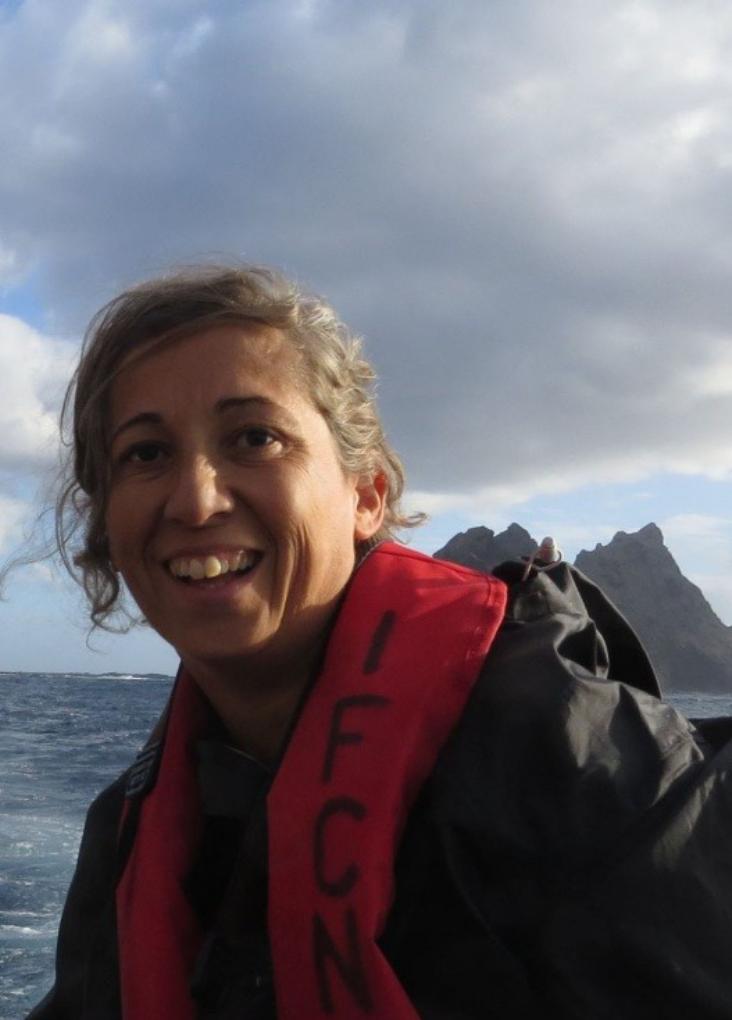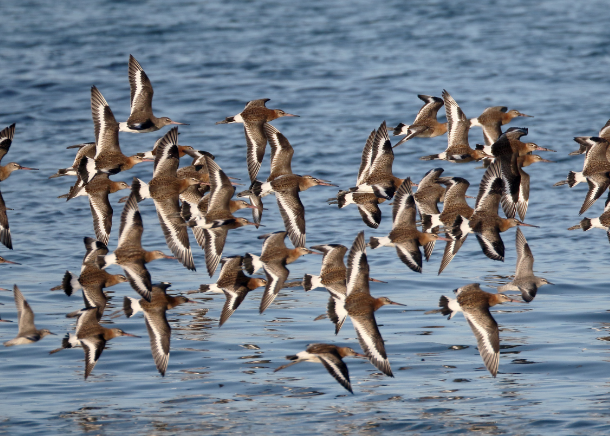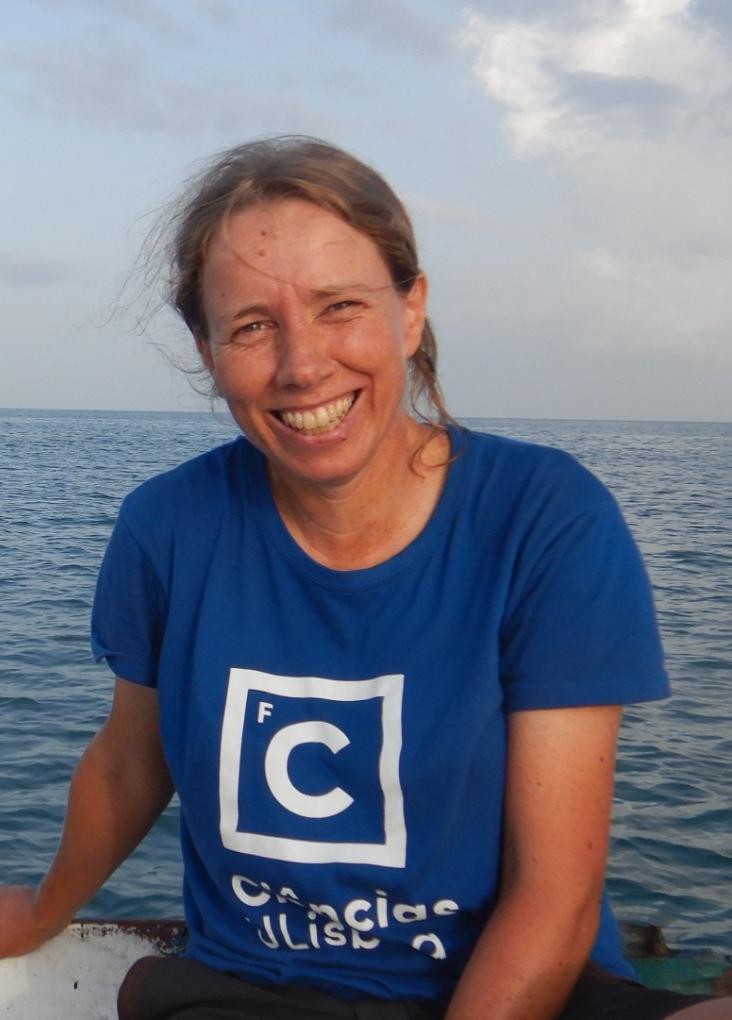Summary:
Our planet is a highly connected ecosystem, and the most amazing global connectors of our natural world are the long-distance migrating shorebirds that depend on successful breeding in the northernmost land on Earth and rely for their survival on the rare suitable and often small coastal areas along the margins of continental landmasses. The ways in which these global connections are patterned across the globe have been termed ‘flyways’, and among the world’s six major flyways, it is the East Atlantic Flyway (EAF) that bridges the tundras of northeastern Arctic Canada, Greenland, northernmost Europe, European Russia and the western half of Siberia with the coasts of western Europe and western Africa as far south as Cape Town.
Within this flyway system, three areas stand out for their unique importance as recipients of the tundra natives outside the breeding season: (1) the international Wadden Sea - shared by Denmark, Germany and The Netherlands, (2) the Banc d’Arguin in Mauritania, and (3) the Bijagos Archipelago in Guinea-Bissau.Along the West African coast, the Bijagos archipelago is the only extensive area of forested islands surrounded by mangroves and intertidal mudflats. The islands harbor unique cultural practices and biodiversity, and the intertidal areas shelter and support global connectors in addition to local life forms. Although several parts of the Bijagos are protected national parks (Urok, Orango and João Vieira Poilão), the whole area is under increasing pressure (e.g. deforestation, future prospection for oil and gas, tourism development, demographic growth, increasing local and foreign fisheries, pollution).
The main objectives of this project are the following: A) promote the importance of the Bijagos archipelago within the framework of the EAF, through developing international level applied ecological research (specifically by improving knowledge on wintering shorebirds (or waders); ecosystem processes including trophic interaction between key species; and unravel habitat interactions) in order to support ongoing conservation efforts; B) develop local capacity for research and monitoring within conservation organizations (both governmental and NGOs) and create opportunities to train young students at undergrad and post-graduate levels; C) improve public awareness (local, national and international) and advocate for the conservation of migratory coastal birds and wetlands which are crucial for local livelihoods; D) provide equipment and develop existing infrastructure to support applied conservation efforts (e.g. patrolling) and provide scientific support towards the creation and/or implementation of management plans. In order to achieve these objectives we will use several synergistic approaches namely: (i) establish a solid international and collaborative research programme on applied ecosystems research & monitoring, (ii) integrate European and Guinean researchers and research projects and use it as a vehicle to train students from Guinea-Bissau and abroad in a new international shared research & outreach ‘environment’; (iii) produce multiple events and materials to involve the general public (at local, national and international level) and raise awareness of the Bijagos relevance across scales, namely using local radios to broadcast project aims and findings, edit an book with project results (in three languages) and produce a documentary on birds conservation and their ecosystem interactions within the Bijagos ecosystem and its people; (iv) finally, this project will also directly contribute to site protection through improving existing local infrastructures and acquiring equipment as well as in deploying research findings towards the creation and/or implementation of management plans for the Bijagos.
This FPP refers specifically to activities of a “first” 3-year period, but the overall approach, as well as the general objectives conceived by the partners, is conceptually based on a two-phased action. In fact during the project preparation activities of a possible 2-year “second phase” have already been discussed among partners. Although the activities implemented during this project over the next 3 years will certainly have the desired positive impacts, its envisaged second phase will without doubt reinforce and emphasize these achievements.
Funding Institution:
MAVA FOUNDATION.
Partners:
Project leader: Teresa Catry (CESAM);
Partners: University of Aveiro, University of Groningen, Royal Netherlands Institute for Sea Research, Palmeirinha, Tiniguena, Organização para a Defesa e o Desenvolvimento das Zonas Humidas.



